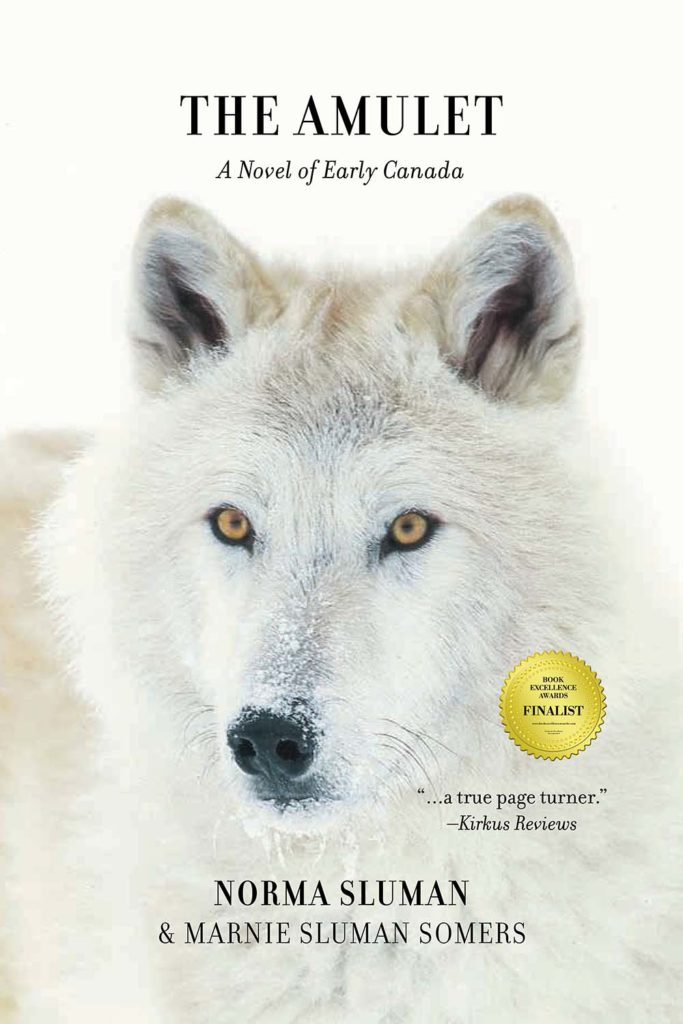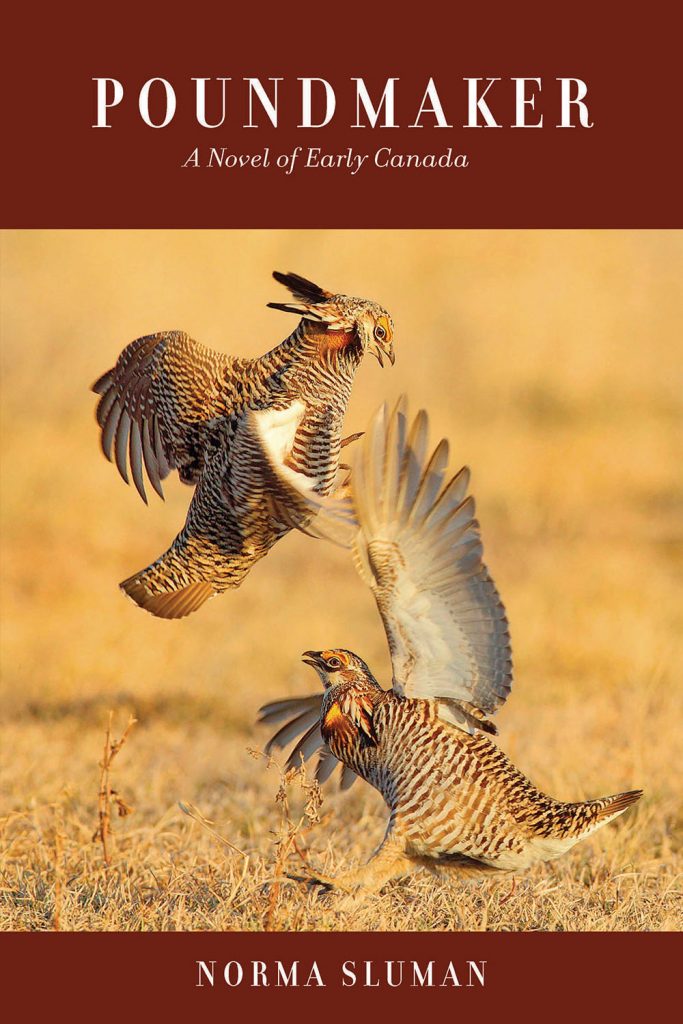Many of us approach writing as if it’s something we already know how to do. We decide we want to write a book and expect that the only work to be done is getting the words down on the page or the keyboard. But the truth is, writing is a skill. No one is born knowing how to craft beautiful sentences that capture the heart of the human experience, it’s something that’s learned. Maybe you’re one of the lucky ones whose natural abilities make it easy for you to remember things, turn them around in your head and fit them together. Maybe you’re great at spelling, you picked up reading easily and access to lots of books, but none of that means that you’ll naturally be a great writer. Writing is a craft and like any craft it’s learned over long periods of time with lots and lots of repetition and practice and experimentation and failure and trying again.
You’d never expect to wake up one morning and, with no experience at all, make a rocking chair from scratch, with hand-turned spindles, a carved back, and rocker rails that are perfectly curved so the chair rocks smoothly and comfortably on a hard floor. That would be ridiculous! As silly as expecting to pick up a violin for the first time and play Paganini’s Caprices.
No one is born knowing how to craft beautiful sentences that capture the heart of the human experience.
Next time you’re berating yourself for not writing as well as Margaret Atwood or Toni Morrison, stop. First of all, talking to yourself like that isn’t going to get you anywhere. And also remember that the books we love by those women are the culmination of thousands of hours of reading and writing and studying and observing and listening and practicing and rewriting and LEARNING.
Writing is a craft, not a talent
So what happens if we approach this writing thing in the same way we would learning any other craft? What are the basic skills involved? How can we improve them?
We’re going to assume for this exercise that you already have a basic knowledge of the mechanics of the language you’re writing in. Vocabulary, sentence structure, grammar and all that. But is basic all you want? Do great writers only have a basic grasp of their language? How could you expand your the way you’re using what you know?
Here’s an example of the kind of expansion I’m talking about. Look at this description:
“She saw a grey house by a pond and its shape was reflected in the water.”
There’s nothing wrong with this sentence. All the words make sense, the grammar is right. It tells us everything we need to know and we have an idea of what the house looks like. It’s a lovely, correct little description. But what happens if we add some more vocabulary, a different rhythm, and expand on what description actually means?
“She could see Colway Manor, a stout featureless house of the sort favoured by the rich, sitting squarely on its own reflection in the pond.”
–Curiosity, a Love Story by Joan Thomas
Isn’t that gorgeous? Now we know something about this house! We know how it feels to look at it.
This is the kind of writing that we only learn by deliberately expanding outside what we think we know and stretching our ideas of what it means to write. We learn this kind of writing by trying new things, by looking at the world in a new way, by paying attention to how we say things rather than just saying them.
Where to begin? How do we start stretching ourselves this way?
For the next few weeks we’ll be exploring some ways to learn these skills. We’ll be working through some practical assignments to help you think about how you’re writing things instead of just throwing words onto the page.
THIS WEEK’S ASSIGNMENT:
As you’re reading this week, watch for how writers describe things. If a particularly vibrant description catches your eye, write it down and examine it. What makes it so effective? What makes it unique? How does it capture your inner eye? How does it convey meaning and feeling?
Try out these hows on some descriptions of your own. Pick a real life scene, something you can actually see would be best, and describe it in a few sentences. Examine what you’ve written. How can you shift your words to convey the feeling of what you’re looking at? How can you shift your word choice, the sound, cadence, word order to tickle your reader’s imagination? Spend some time really looking at your scene, what do you actually see and feel when you spend some time looking?
I’d love to hear what you discover as you try out this out. Let me know in the comments below.
I’m so excited to have you with me on this learning adventure!
I’m writing with you,
-Laurie, Associate Editor
Header Image Mohammed Mosaad
Not a member of our FREE Book of the Month Club yet? What are you waiting for?
Want a chance to win a free book written by a different Canadian author? Join our Free Book of the Month Club! Every month we review a book by a Canadian author and give it away to one of our email subscribers. Our goal is to share the work of other Canadian authors to help readers find other writers.




